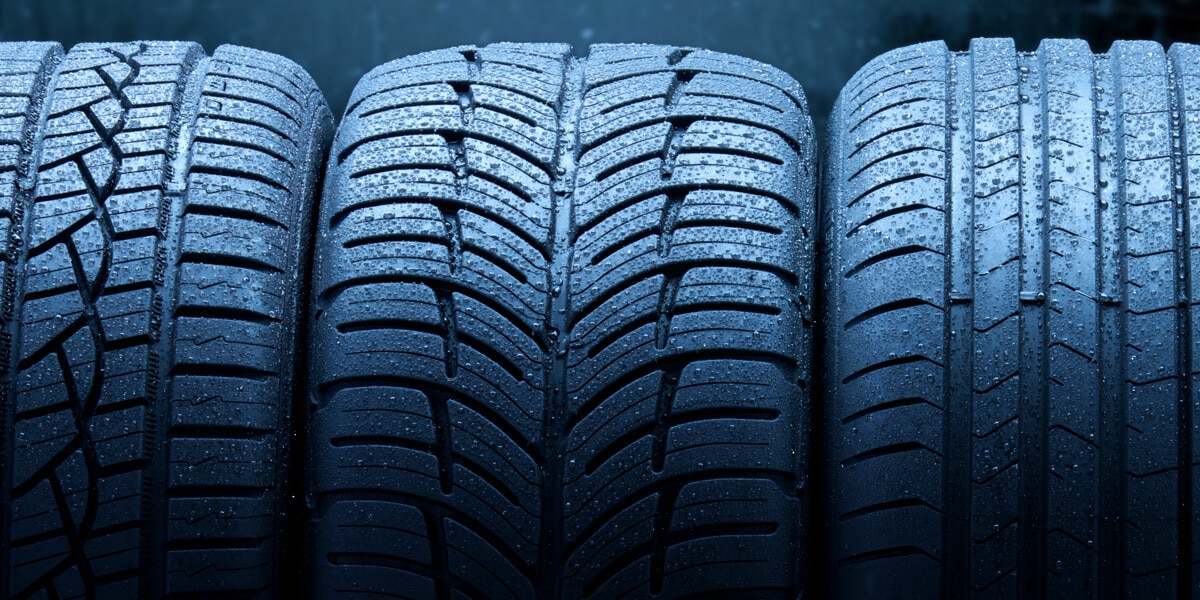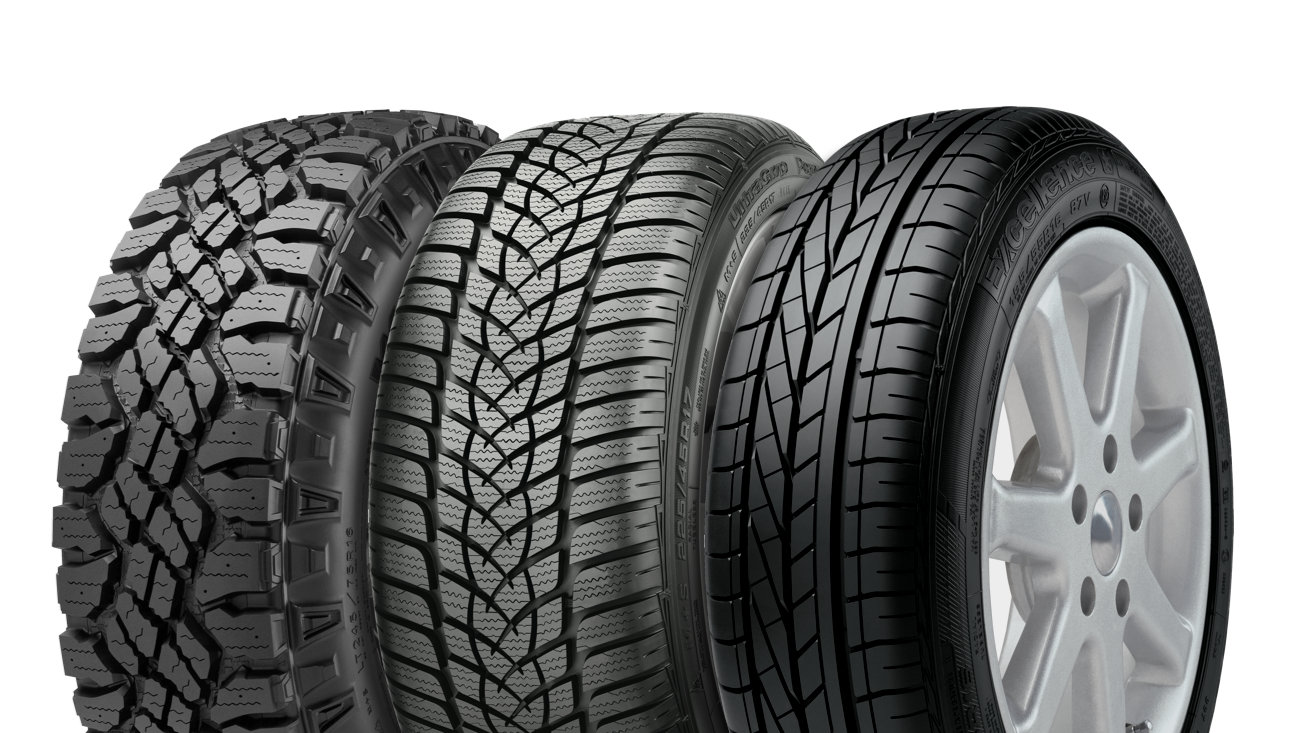TIRE OR TYRE
TIRE

All road vehicles have wheels and almost all of them have wheels with pneumatic tires. Wheels have been around for many centuries, but only with the invention, and enhancement, of the pneumatic tire it has been possible to conceive fast and comfortable road vehicles. The main features of any tire are its flexibility and low mass, which allow for the contact with the road to be maintained even on uneven surfaces. Moreover, the rubber ensures high grip. These features arise from the highly composite structure of tires: a carcass of flexible, yet almost in extensible cords encased in a matrix of soft rubber, all inflated with air. Provided the (flexible) tire is properly inflated, it can exchange along the bead relevant actions with the (rigid) rim. Traction, braking, steering and load support are the net result.
Tires are the primary source of the forces and torques which provide the control stability ( or handling) of the vehicle. The forces and toques (or moments) developed by the pneumatic tire affect the vehicle in a variety of ways. Obviously, the tires support the vehicle weight, and any other vertical forces developed such as aerodynamic or the result of road banking. the interactions between the tires and the road supply the tractive, braking and cornering forces for maneuvering. The tires also supply the forces used for controlling and stabilizing the vehicle and for resisting external disturbances from road and wind.
TIRE CONSTRUCTION
Tubed and tubeless tires
The separate rubber inner tube acting as a flexible bag to retain air introduced under pressure early became an established feature of pneumatic tire construction. It comprises an endless tube slightly smaller than the inside of the tire itself, its only opening being an inflation valve projecting through the wheel rim. Inner tubes were originally made from high-quality natural rubber, but this has long since been superseded by a certain type of synthetic rubber able to retain air much better.
To an increasing extent for commercial vehicles, to dispense with the separate inner tube in favour of an inherently air-tight or tubeless tire. Commonly tubeless tire doesn't carries extra tube, so that it has less chances of bursting. Tubeless tires commonly used in the construction sites for commercial vehicles. Tubeless tire construction has some advantages over tubed tires like increased safety, cooler running and improved balance.
There are two principle forms of tire construction are present i.e. cross ply and radial ply.
Cross ply construction
Fundamental to this type of construction is the criss-cross arrangement adopted for the several layers of cords. The angle at which the cords of each ply intersect the circumferential centre line of the tire is usually about 40°, this being termed the crown angle. It is chosen to provide the best compromise in the cushioning and directional properties of the tire. as shown in fig. below. The cross-ply tyre possesses certain shortcomings. First, the continuous flexing of its carcass imposes slight fidgeting movements in the rubber layers between the criss-crossed ply cords. This activity causes frictional heating which, if generated to excess, can shorten tire life by weakening the ply cords. Second, the vertical deflection of the tire results in contraction of the flattened part of the tread in contact with the road, and this is a prominent source of tire wear.

Radial ply construction
The radial-ply tire has gradually been adopted as original equipment on most cars and many commercial vehicles. To achieve good cushioning properties, the walls of this type of tire are made as flexible as possible by arranging the carcass ply cords at right angles, or very nearly so, to the circumferential centreline of the tread. In other words, the ply cords follow the contour of the tyre from bead to bead. To confer the necessary directional properties, the radially arranged ply cords are crowned by a virtually in-extensible stabilizer belt beneath the tread as shown in fig. above.
THE PRINT

LOAD CARRYING CAPACITY OF TIRE
This may be considered in terms of its size and ply rating, as follows:
Size: The choice of tire size must primarily take into account the weight per axle of the vehicle. In practice, it is the economic load that is used as the basis for tire selection. This term is applied to the load capacity beyond which a tire of larger size or with a stronger carcass will be more economical under medium service conditions.
Ply rating: This indicates the strength of a tire and is a term used to identify a given tire with its recommended load and inflation pressure when used in a specific service. At one time the ply rating directly related to the number of cord plies used, but the advent of cord ply materials stronger than the original cotton meant that a tire with fewer plies could have the same load-carrying capacity. Car tire equipment is usually of four-ply rating with two actual carcass plies of rayon cord being used in the typical modern radial-ply tyie. In contrast, a radial-ply tire for a heavy commercial vehicle with a single carcass ply of steel cord, may have a ply rating as high as eighteen.
REFERENCES
- Light and Heavy Vehicle Technology, 4th Edition - (Malestrom)-1
- Race_Car_Vehicle_Dynamics__Milliken___Milliken_
- The_Science_of_Vehicle_Dynamics by Massimo guiggiani
- TUNE TO WIN by Carroll Smith

Comments
Post a Comment